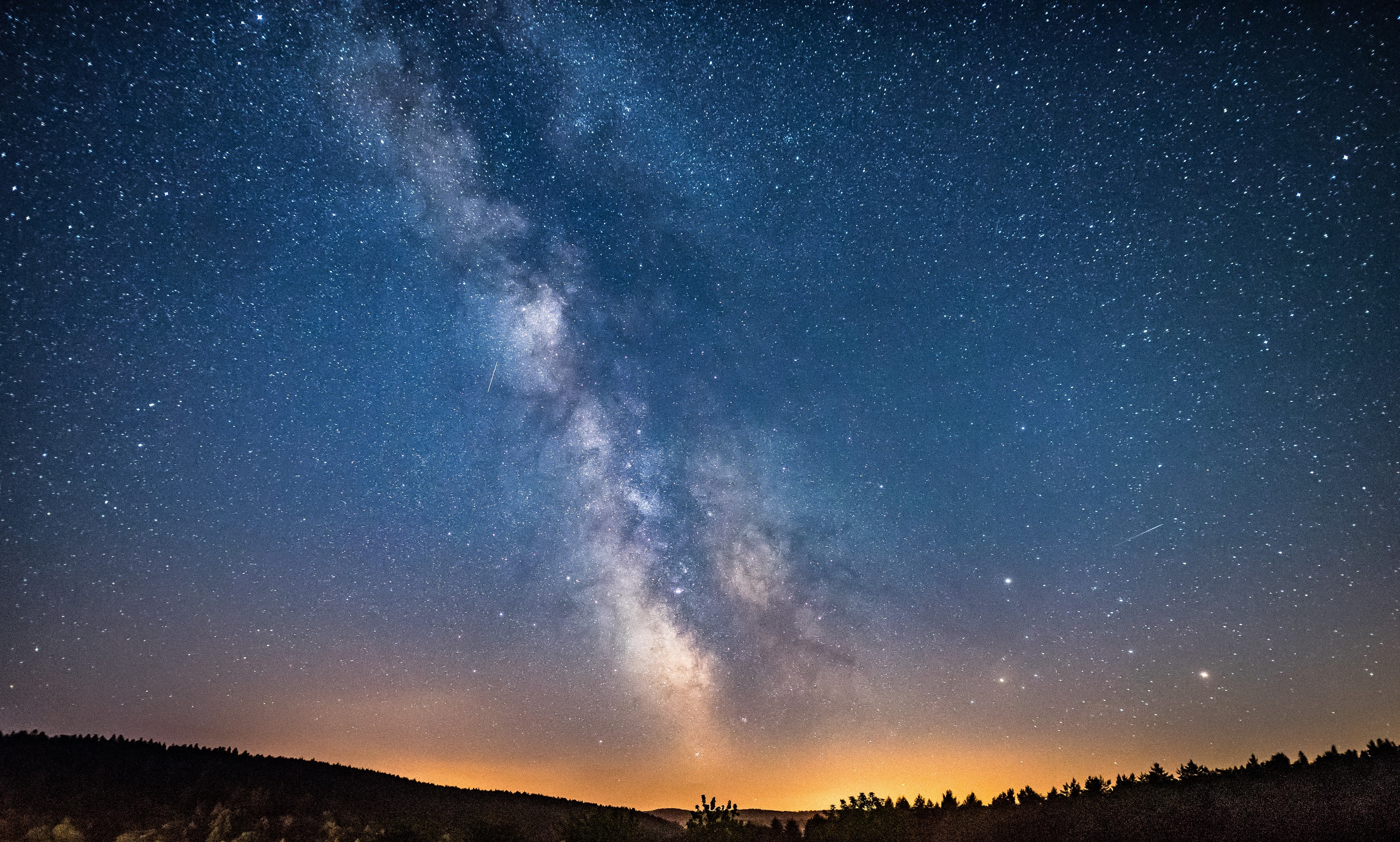
The projects implemented under the Cross-border Cooperation Programme Poland-Belarus-Ukraine 2014-2020 are not just indicators, budgets, reports and payments. Although these are inseparable elements, above all each project hides the specific ideas, values and dreams of people implementing it, as well as the stories of those who benefited from their implementation.
We want to bring some of them closer to you by the "Project stories" – the cycle which presents their more human (but also animal – as in the 1st, 13th and 14th episodes) dimension of our selected projects. We invite you to read!
![]()
I knew there was a beautiful sky here, but I was absolutely delighted when I saw it. I never imagined that it could be so magnificent...
Matthew is in his thirties, a salesman in mining and industrial Silesia, where he could only dream of a clear, starry sky. The dream was so strong that for a few months he decided to give up everything and come to the Bieszczady Mountains. There, near Połonina Caryńska, he hired himself out to... grazing sheep and cattle.
It was the first time in my life I had seen sheep at close range, and here I was given 330 sheep and 50 cattle to look after. I am from a big city – 200 000 people – and here I was able to give up electricity, water, telephone coverage, people. The nearest shop was 9 kilometres away. It happened that I lived alone in these remote glades. It was dark, because we had no electricity every day, and no running water either.
In return for these 'inconveniences' Matthew could fulfil his dream – all night long he could observe the starry Carpathian sky uncontaminated by smog and the lights of civilisation: – I used to get up for sheep at 5-6 a.m., and still I could spend half a night observing and taking pictures. And I will tell you frankly, I did not wake up tired or sleepy because of that, it even gave me energy.
As it turns out, there are thousands of such astronomy and astrophotography enthusiasts. However, it is becoming increasingly difficult for them to find good places to pursue their passions. The lights of big cities, airports, car parks, factories "pollute" the sky, distant stars and planets fade, and photographing them becomes impossible.
One of the few places in the whole of Europe, where not only astro-amateurs, but also professionals find good conditions for this are the Eastern Carpathians. The first professional observations of the Carpathian sky were conducted already during the First World War and they developed together with technological progress. In 1938, in the observatory built on the Pop Ivan mountain, one of the largest and most modern telescopes in Europe at that time was installed with an objective diameter of 33 cm. In the Slovakian town of Humenné a professional observatory has been operating for 70 years, and on the Polish side – in Roztoki Górne until recently – the Bieszczady Station of the Astronomical Observatory of the Jagiellonian University was operating and rallies of e.g. the Polish Society of Astronomy Lovers are still held.
You can see the whole sky from there... All those galaxies in Andromeda, in the Triangle or globular clusters in Hercules, planets up to Uranus... The Milky Way makes a huge impression in the Bieszczady Mountains – it is simply incredible how precisely you can see it – enthuses Matthew.
From some mountain ranges of the Eastern Carpathians, including the Bieszczady mountains, despite the long distance you can see even... the aurora borealis.
All this was the basis for the project "Carpathian starry sky", in the framework of which the project team conducted research on the quality of the night sky on the Polish and Ukrainian side.
We took photographs of the night sky in many places and at different times. In addition, fellow naturalists offered us supplementary products for astronomy – something for the day and something for bad weather, explains Robert Bury, coordinator of the Polish part of the project.
Thanks to the joint work of astronomers and naturalists, an educational route with boards informing about the starry sky and the influence of light pollution on people and nature was created in the Zakarpattia Dark-Sky Park in Ukraine. With the use of professional equipment it will be possible to play the role of an astrophotographer – not only to observe the stars, but also to take photos and assess the quality of the sky.
The project partners want both starry sky parks – Zakarpattia and the previously established Bieszczady - to be registered in an international database of such areas and promoted all over the world.
And Matthew, one of the many sky enthusiasts for whom the project was carried out, sums up:
The Cosmos won’t care if I stop looking at it and even cease to exist at all, but it is so beautiful and so magnificent that I would do a lot to have a glance at it surreptitiously at least for a moment. Even though it is quite unimportant for the Cosmos...
More about the project can be found here.
Was this page useful?


